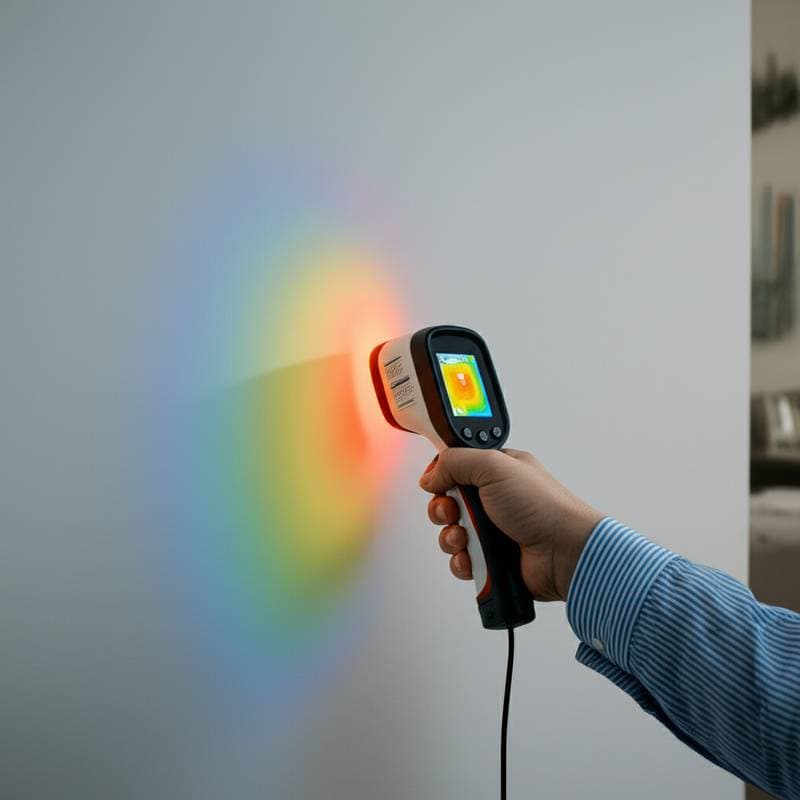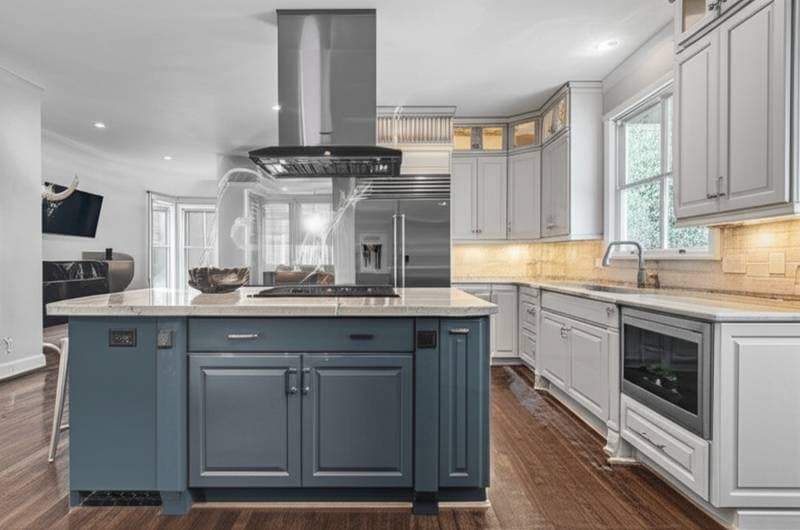Smart Sensors Catch Mold Before You See Damage
Mold growth poses a silent threat to homes, often starting in hidden areas like walls, ceilings, or crawl spaces. Moisture from leaks, high humidity, or poor ventilation creates ideal conditions for mold to thrive, leading to structural damage, health issues, and expensive repairs. Traditional inspections rely on visual checks, which miss early signs. Smart sensors change this by providing real-time detection of moisture levels, allowing homeowners to act before visible damage appears.
These devices integrate advanced technology to map moisture patterns accurately. By identifying damp spots early, they prevent the spread of mold spores that compromise indoor air quality and property value. Homeowners gain peace of mind knowing their living spaces remain safe and intact.
Understanding the Hidden Dangers of Moisture
Moisture accumulation often goes unnoticed until mold becomes evident. Sources include plumbing leaks, roof issues, or even condensation in humid climates. Once mold takes hold, it spreads rapidly, releasing allergens that trigger respiratory problems, allergies, and more severe health concerns for vulnerable individuals.
The financial toll adds up quickly. Remediation costs average thousands of dollars, not to mention potential decreases in home resale value due to undisclosed mold history. Early intervention through technology shifts the focus from reaction to prevention, safeguarding both health and finances.
Smart sensors address these risks by monitoring environments continuously. They detect subtle changes in humidity and temperature that signal potential problems, offering data-driven insights rather than guesswork.
How Smart Sensor Technology Works
Smart sensors employ a combination of infrared imaging and humidity sensors to create detailed moisture maps. Infrared technology captures thermal variations on surfaces, revealing areas where evaporation slows due to trapped water. Paired with built-in hygrometers, these devices measure relative humidity levels in real time.
Installation involves placing sensors in high-risk zones, such as basements, bathrooms, and attics. Many models connect to home Wi-Fi networks, sending alerts via smartphone apps when thresholds exceed safe limits. This setup allows for remote monitoring, ensuring issues receive prompt attention even when owners travel.
Advanced systems use machine learning to analyze patterns over time. They differentiate between normal fluctuations, like morning dew, and persistent dampness from leaks. This precision reduces false alarms and focuses efforts on genuine threats.
Benefits of Early Mold Detection
Implementing smart sensors yields multiple advantages beyond basic detection. Structural integrity improves as timely repairs prevent wood rot, drywall deterioration, and insulation failure. Homes stay drier, reducing energy costs for heating and cooling in moisture-prone areas.
Health benefits stand out prominently. By curbing mold growth, these sensors minimize exposure to mycotoxins, which can exacerbate asthma or cause chronic fatigue. Families, especially those with children or elderly members, benefit from cleaner air without the need for constant vigilance.
From an economic perspective, proactive measures save significant sums. A single undetected leak can lead to five-figure repair bills, while early fixes cost a fraction. Enhanced data also boosts home documentation for insurance claims or appraisals, demonstrating diligent maintenance.
Steps to Integrate Smart Sensors into Your Home
Begin by assessing your property's vulnerabilities. Identify areas prone to moisture, such as around windows, under sinks, or in low-lying spaces. Consult building plans or hire a professional for a preliminary walkthrough to pinpoint risks.
-
Select appropriate sensors based on your needs. Choose models with infrared capabilities for surface scanning and integrated humidity trackers for air monitoring. Ensure compatibility with your smart home ecosystem for seamless integration.
-
Install devices strategically. Place sensors near potential water sources and in enclosed areas. Follow manufacturer guidelines for secure mounting, often using adhesive pads or screws, to avoid interfering with daily routines.
-
Set up monitoring and alerts. Download the companion app and configure thresholds, typically around 60 percent relative humidity. Test the system by simulating moisture, like spilling water nearby, to verify alert functionality.
-
Pair with regular maintenance. Use sensor data to schedule inspections or repairs. For instance, if a reading spikes in the attic, check for roof leaks immediately. Combine this with dehumidifiers or ventilation upgrades for comprehensive protection.
-
Engage professionals for complex setups. Certified inspectors can perform initial scans using handheld infrared tools, then recommend permanent sensor placements. This hybrid approach maximizes accuracy and longevity.
Regular calibration keeps sensors performing optimally. Most models require annual checks, which involve cleaning lenses and updating software through the app.
Professional Scans and Complementary Tools
While DIY sensors offer convenience, professional services provide deeper analysis. Experts use thermal imaging cameras to scan entire homes, uncovering issues behind walls or under floors that basic sensors might miss. These scans produce comprehensive reports with moisture maps and recommended actions.
Complement sensors with preventive tools like leak detectors under sinks or whole-home humidity controls. Integrating these creates a layered defense, addressing moisture at its source rather than just its effects.
Data from professional scans informs long-term strategies. For example, if patterns reveal seasonal humidity spikes, install exhaust fans or seal gaps around doors. This tailored approach ensures sustained protection.
Long-Term Strategies for Moisture Management
Sustained success requires ongoing commitment. Review sensor data monthly to spot trends, such as rising humidity during rainy seasons. Adjust habits accordingly, like improving airflow in kitchens or bathrooms.
Educate household members on signs of trouble, even with technology in place. Encourage reporting unusual odors or condensation, which serve as backups to digital alerts.
Invest in durable, weather-resistant sensors for outdoor-adjacent areas like garages. This extends coverage to the entire property, preventing moisture migration indoors.
Protecting Your Home's Value and Well-Being
Smart sensors transform moisture management from a reactive chore into a strategic advantage. By catching issues early, they preserve structural soundness, enhance air quality, and avoid hefty remediation expenses. Homeowners who adopt this technology report fewer surprises and greater confidence in their living environments.
The investment pays dividends through avoided costs and improved livability. Whether updating an older home or maintaining a new build, these tools empower informed decisions that protect what matters most. Start with a simple assessment today to secure your space for years to come.



